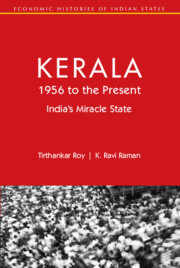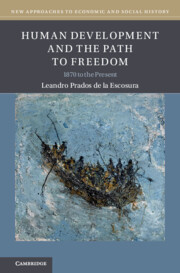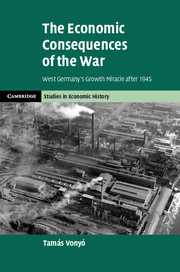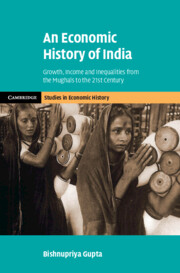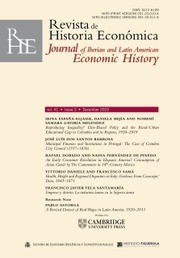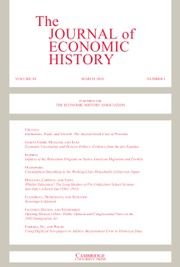Kerala, 1956 to the Present
'Kerala is different, but not in the way we think.' Economic change in this southern state has fascinated economists. Most studies focused on the state's unusual human development, asked how a poor and economically stagnant state could achieve high levels of education and healthcare and pointed to politics and government policy to answer the question. Little of that scholarship took history seriously. History, this book says, shows that the foundations of human development were laid before the formation of the state and were owed to many factors besides politics. The striking thing about the state is its unusual income growth, which has been faster than most states since the 1990s. The question the authors ask is, 'How could an income-poor state break out of stagnation so dramatically?' The answers consider past globalisation, labour mobility, a legacy of welfare spending, and the positive ways these features interacted since India's economic reforms.
- Systematic history of post-1956 Kerala state which highlights the distinct pattern of economic change
- Accessible style to reach out to the general reading public and beyond academic readers
Product details
November 2024Hardback
9781009521635
180 pages
235 × 159 × 16 mm
0.42kg
Available
Table of Contents
- Preface
- List of Tables
- List of Figures
- 1. Introduction
- 2. Before Independence
- 3. The Retreat of Agriculture
- 4. Capital: Retreat and Resurgence
- 5. Work, Labour, and Migration
- 6. Growth and Development
- 7. The Left Legacy
- 8. Geography: An Asset or a Challenge?
- 9. Conclusion
- References.

